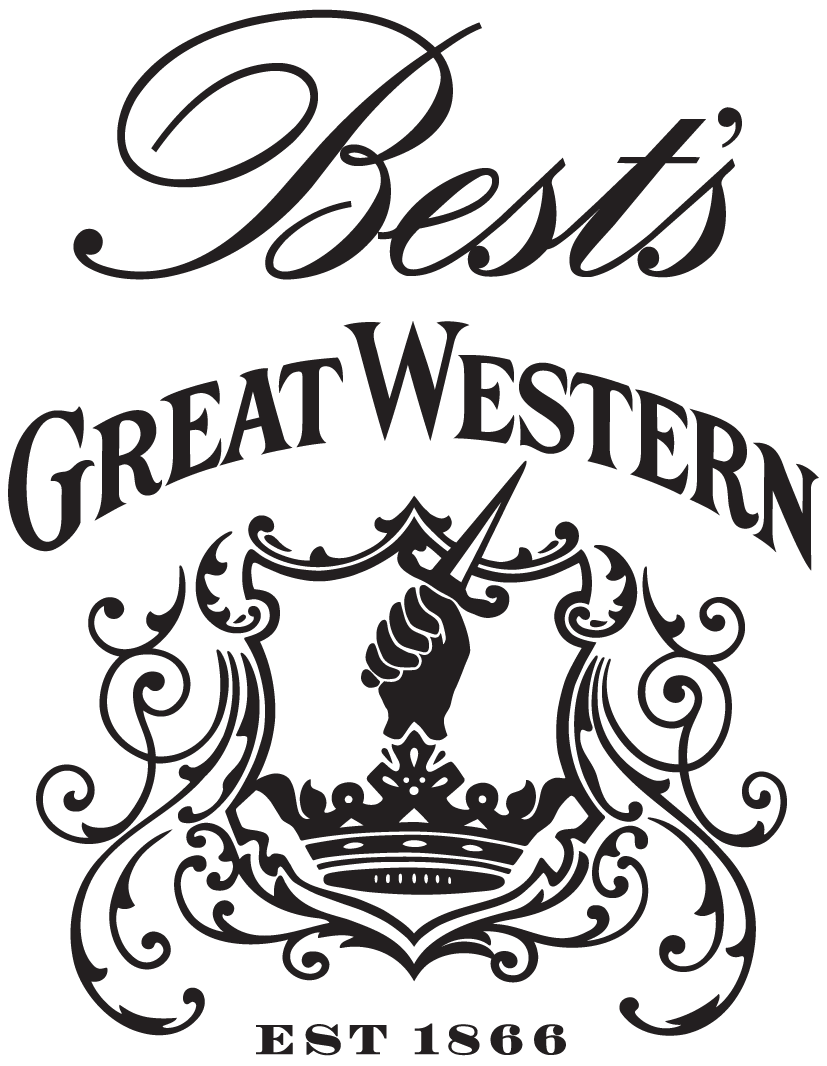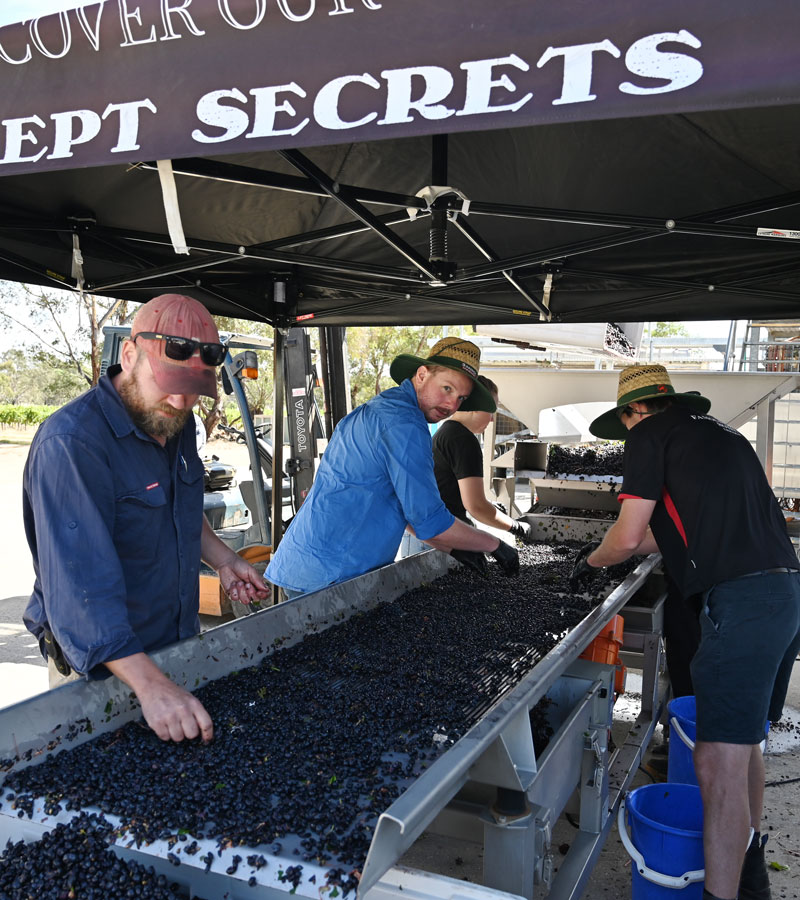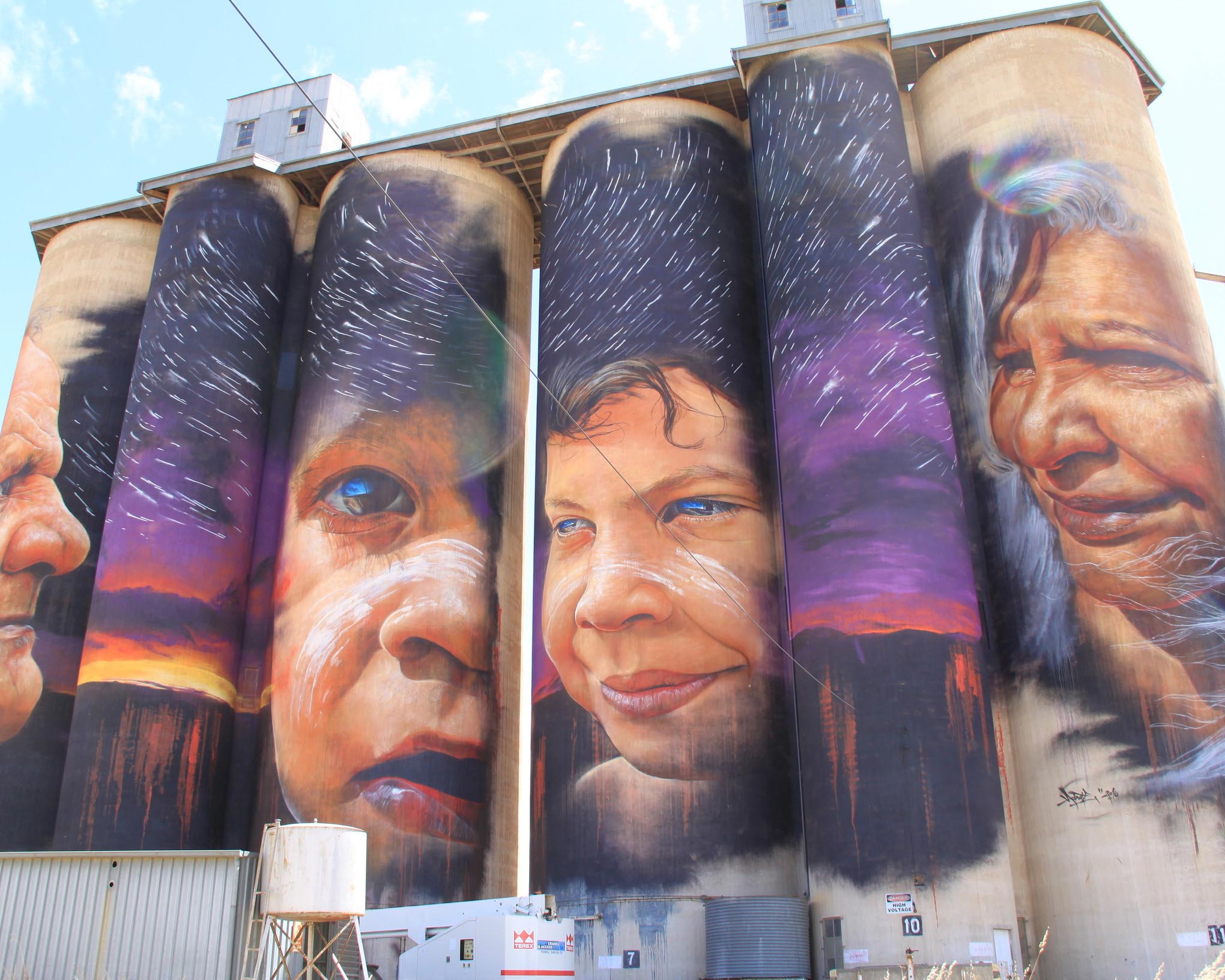Revealing the new Great Western Wine and Heritage Cycling Trail
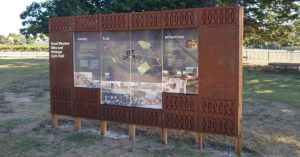
The Great Western Wine and Heritage Cycle Trail is a unique wine trail designed for two wheels. The cycle route connects the three major wineries in Great Western, including Best’s Wines, and is tailored for wine connoisseurs, nature lovers and history buffs. Follow it to explore Great Western’s world-class wineries and stunning landscape, uncovering the region’s rich history along the way.
What is the Great Western Wine and Heritage Cycling Trail?
Visitors to Great Western, along with local residents, of course, can now explore and learn more about our historic wine region at a leisurely and healthy pace via these new cycle paths. The trail connects major winery cellar doors, including our cellar door here at Best’s Wines, with local points of historical interest, Salingers Cafe, the local pub and scenic destinations. Here are some of the highlights from the trail to explore via peddle power.
Keen to get started? You’ll find a map of the entire route in Memorial Park, complete with some history of the town and the relevant points of interest. All signs on the trail are designed to incorporate aspects of the main Great Western sign, specifically the barrel staves. Find out more @greatwesterncycletrail on Instagram.
World-class wineries
The cycle trail connects the region’s three major wineries: Best’s Wines, Seppelt and Grampians Estate.
Our winery is one of the oldest in Australia, and today Best’s Wines continues to craft extraordinary acclaimed wines that are enjoyed and loved all over the world. Best’s has been owned by two families since 1866 – the Best family, who founded the winery; and today, the Thomson family, having purchased the property in 1920, after Henry Best’s death. Best’s is now run by Viv Thomson’s son, Ben Thomson. He’s the fifth generation of the Thomson family to manage the winery. Best’s old vineyards, planted in the 1860s, are among the oldest and rarest pre-phylloxera plantings in the world. The invaluable Best’s Nursery Block contains almost 40 varieties (some unidentified to this day). Here at our cellar door, guests can enjoy a variety of tasting experiences, cheese and wine matching, private tastings as well as self-guided underground cellar tours. We also host live music and food events throughout the year.
Our cellar door is open Monday to Saturday, 10am–5pm; and Sunday, 11am–4pm. Bookings are essential. Book your visit here.
Today Seppelt still produces some of Australia’s finest wines, including the iconic Show Sparkling Shiraz (2018 Sparkling wine of the Year) and St Peters Shiraz, named after the original vineyard planted in Great Western. The Cellar Door is open 7 days a week and you can join a guided tour of the underground cellars and learn about the history of wine in the region.
Grampians Estate is another local family-owned company, and a relatively newer addition to the Great Western clutch of wineries. They first started producing wine in 1995, with the spotlight on cool-climate shiraz. Be sure to try their shiraz and sparkling shiraz. Grampians Estate operates two vineyards, the historic St Ethels Vineyard first planted in 1878 here at Great Western and the Mafeking Vineyard south-west of Moyston. It is there the wines are made at their small winery in the foothills of the Grampians.
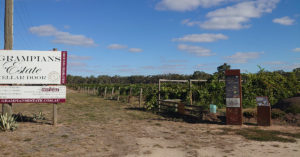
Peddle through history
From one of the oldest vineyards in Australia to historic gold mines, the cycle path allows you to step back in time in between cellar door visits.
- St Peters Vineyard
St Peters Vineyard is one of the first-ever vineyards in Great Western and possibly where some of our cuttings at Best’s came from initially. The story of the vineyard dates back to 1853, when a young Frenchman, J.P. Trouette arrived in Australia and married Ann Marie Blampied two years later. With her brother Emile, they took over a vegetable garden on the Concongella Creek. After purchasing 27 acres, they added fruit trees and vines to supply the miners near and far. In 1862 there was half an acre of vines – the start of Great Western’s vineyards. They named this plantation St Peters and it became famous for its wines, both locally and internationally. They gained more notoriety for their vintage festivities at the end of harvesting.
All went well until J.P. died in 1885 and his son Nicholas in 1886. The combination of poor seasons and a flood resulted in the Blampieds moving to Nhill and the property was sold. Ann Marie and daughter Marie moved to a small vineyard nearby, known as The Hermitage. Various people occupied the property until it was demolished in the 1930s. Very little remains of this once thriving vineyard. You can read more about the history of winemaking in our region here.
- The Great Western Cemetery
Located in between the Seppelt Cellar Door and Grampians Estate, the Great Western Cemetery is a great way to travel back in time. Many founding fathers of the wine industry are buried here from the Best’s brothers, to vigneron and politician Hans Irvine, winemaker Colin Preece and other notable figures of the local wine industry.
- Thomson Family Church
Eric Thomson donated the stone pillars for the entrance gate to the Anglican Church on the corner Stephenson and Rennie Streets. The granite pillars are still standing today in front of the Gothic Revival church and bare his name. The Church grounds are substantial with grassed areas shaded by mature pine trees and eucalyptus, making it a great pitstop on your cycle route for a rest and snack. If you cycle by the church, which is about 2km from Best’s Cellar Door, you can read our family inscription on the pillars and check out some of the important locals who were laid to rest here.
- The Railway Station
The Station was opened in Great Western in 1876. There were eighteen gatekeeper’s cottages along the line from Ararat to Stawell, with three in or near Great Western. All sorts of goods were sent from the station, including fruit, wine, gravel and wood. The Goods Shed was not built until 1889. A Signal Box was erected in 1887 and after many accidents at the Paxton Street crossing, an overhead bridge was constructed in 1899. A new station was built in 1955, but almost 30 years later, the station was closed and all the buildings were subsequently demolished.
- Salinger’s Store
The store was run by Emmanuel Salinger and his family for many years from 1862 until the late 1920s. The wooden store and wine shop remained until 1899 when Emmanuel had the brick store and residence built, as it stands today. The wooden store was moved to the back. Mr Charles Bullock later added two wooden rooms as storerooms. Miss Carmen Puls ran the store for 18 years followed by Mr and Mrs McManus. The cool room was bought from Sid Brehaut when he closed his butcher shop. Various other people ran the property as a café until Meryl Bowers bought the rundown property, renovated the buildings and opened it as The Hermitage craft shop in 1983. It was sold in 2008 and has since operated as a local favourite restaurant under the original name.
- The Chinese gold mining area
Victoria’s Wattle Gully Gold Mine is the oldest preserved working Gold Mine in Australia. The original diggings along the Wattle Gully Road were taken over by Chinese miners after the Europeans left for newer finds. In April 1891 there was a rush behind Headdeys Vineyard and as a result many Chinese settled there. This was a continuation of the original Wattle Gully Road diggings. In 1874 The Hard Hills at Armstrong, some 74 acres, was worked over and left so it became a small settlement of 12–25 Chinese miners. They built mud and stone huts, and races to bring water to their workings. Eventually when the gold petered out they turned to market gardening.
One of 23 hotels that once occupied Great Western, the Great Western Hotel stands today on the same site where a store and Post Office called ‘Five Flag General Store’ was built by John Hatch around 1860. Today, that site is situated right in the heart of the town. The Great Western Hotel has a long history with locals and visitors to the region since it was first licensed in the 1860s, and it’s a great place to stop for a drink or lunch. It has the largest Grampians regional wine list – all available by the glass and the bottle. Open seven days a week.
